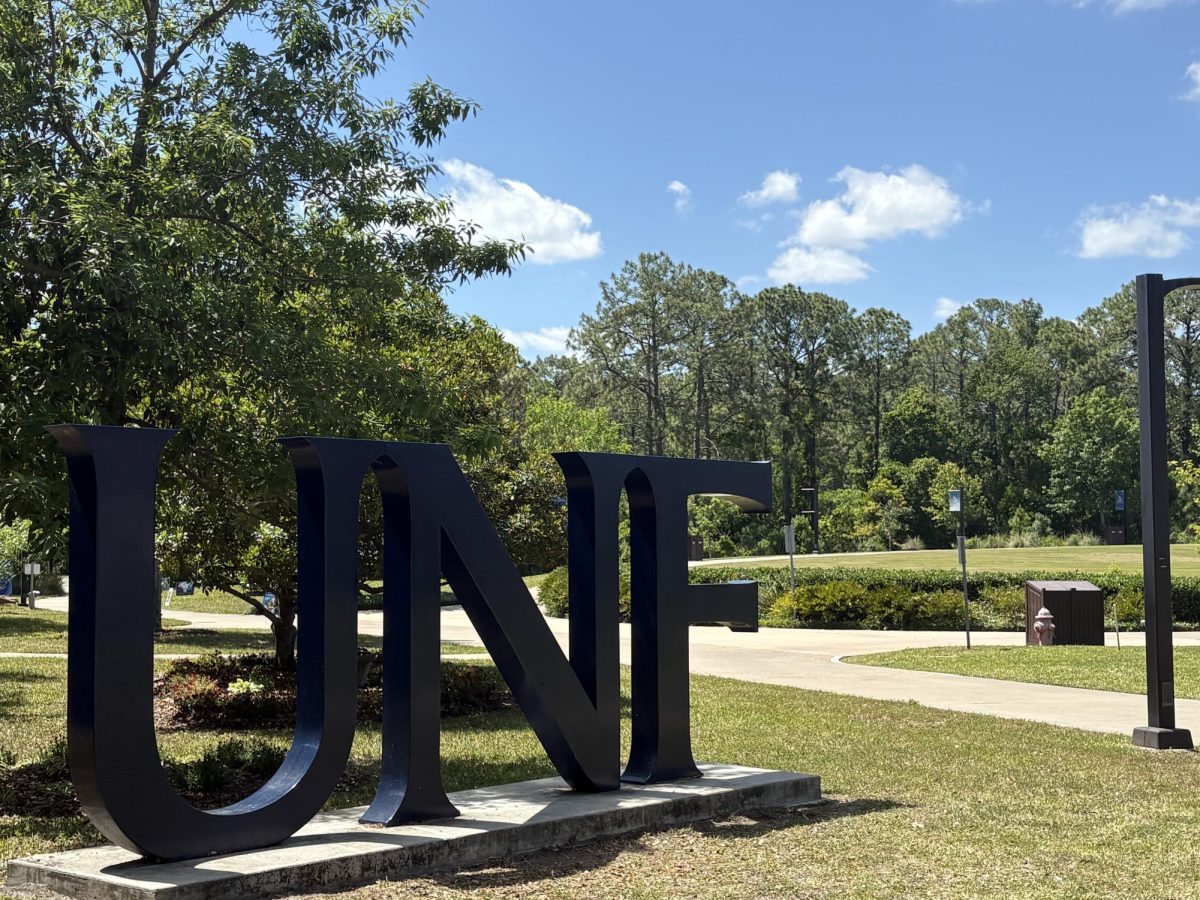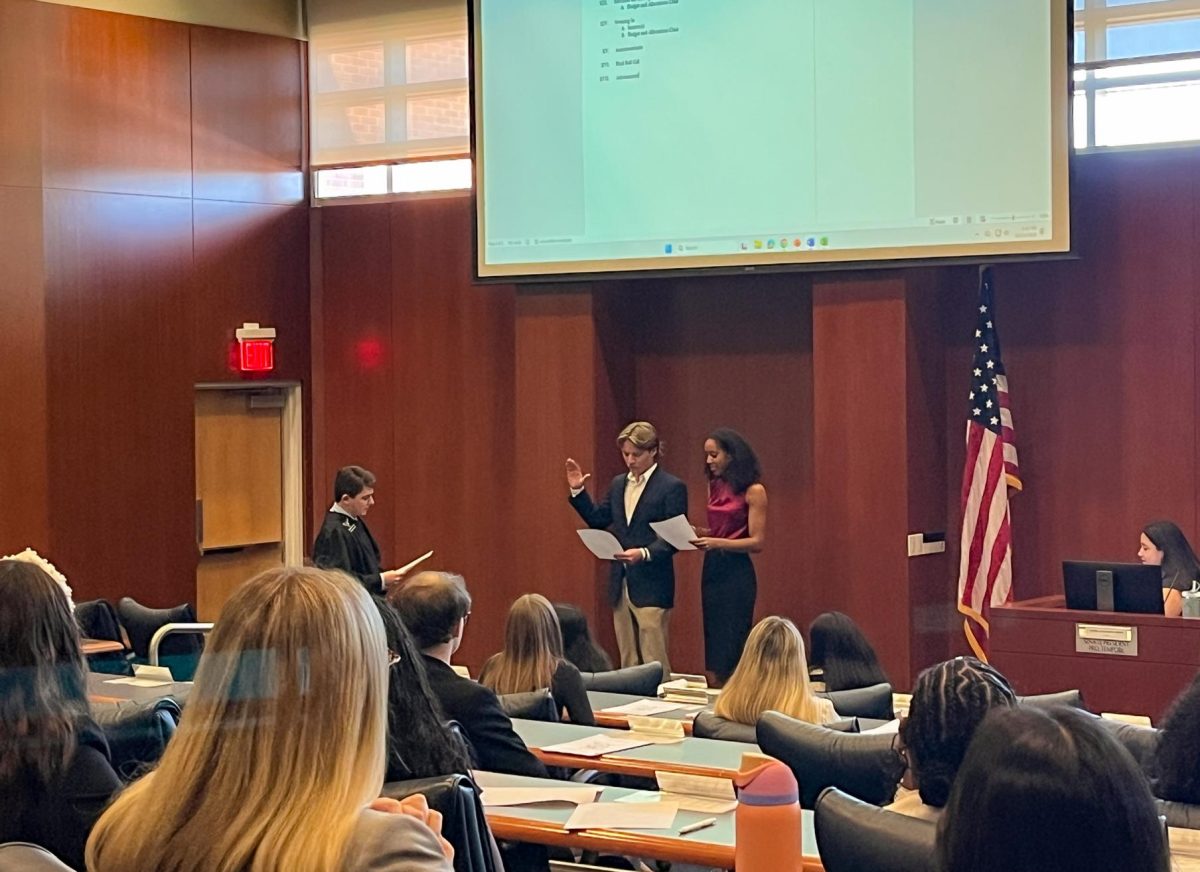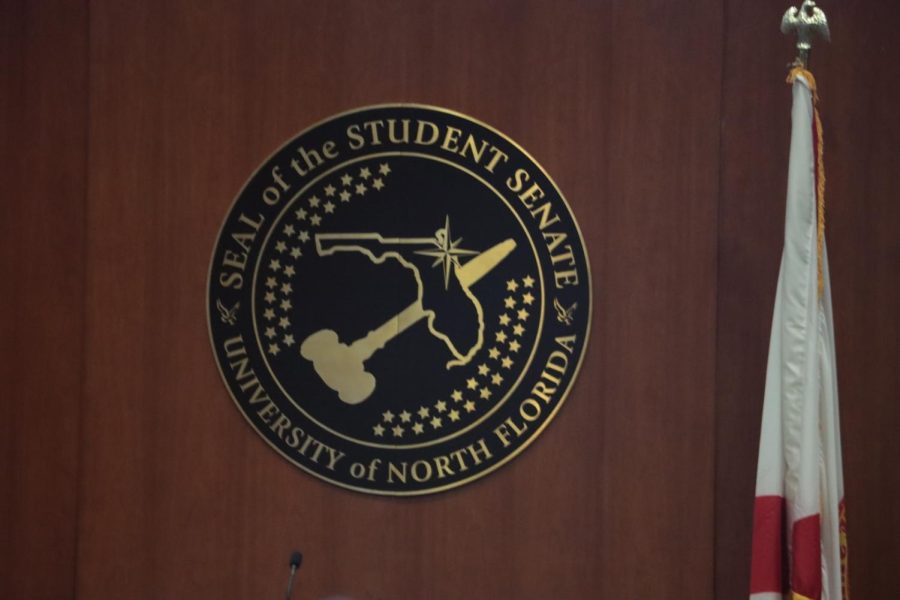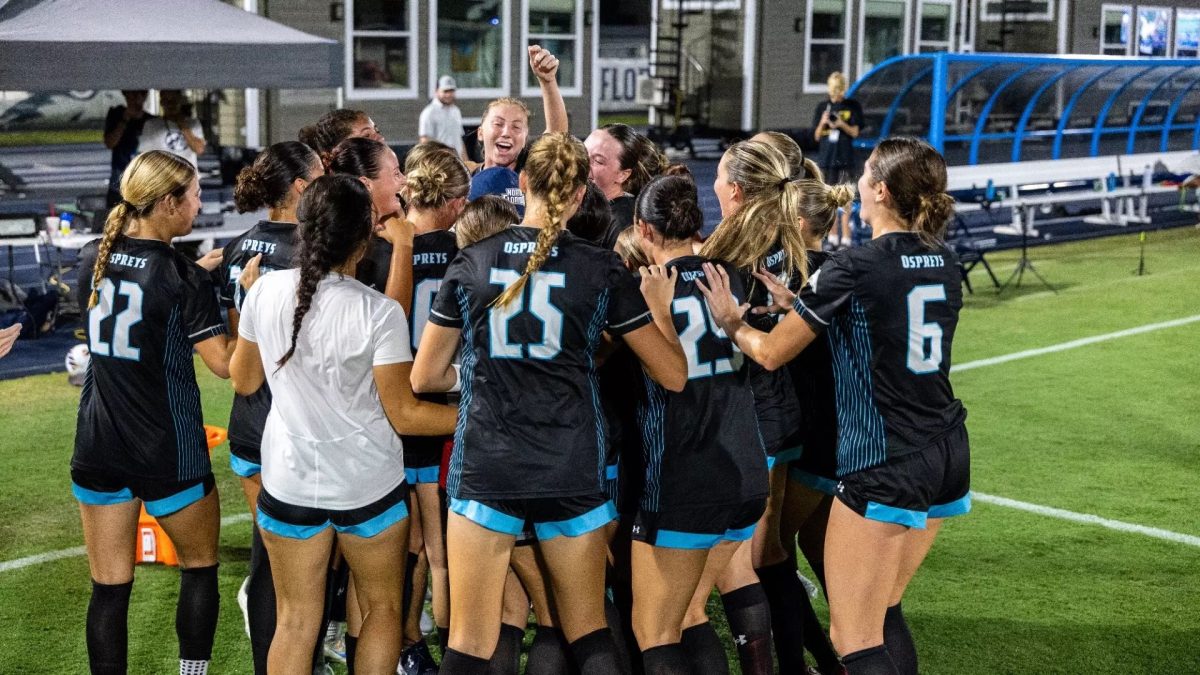By Eileen Ambrose
The Baltimore Sun
(MCT)
After high school seniors graduate this season, they and their parents will soon face another time-honored tradition — paying college tuition.
But the new crop of college-bound freshmen this summer will experience a much different federal student loan program than in years past.
The loan process will be streamlined. Students will have one choice of lender instead of dozens. More money will be available for grants for needy students, and more of them will be eligible for the free money. Even some parents may stand a better chance of qualifying for a federal loan to make up any tuition shortage.
And families likely will hear more pitches from banks and credit unions lenders offering alternatives to a federal loan as they look for other ways to stay in the game, aid experts predict.
This is all happening because of a law passed earlier in the year that requires federal student and parent loans to come directly from Uncle Sam starting in July, instead of through private lenders.
Some schools have been getting loans straight from the government for years. But many others, including the University of Maryland, stuck with private lenders because of the services they provided. By cutting out these middlemen now, the government expects to save about $62 billion over a decade.
“It’s a big change in terms of taxpayer savings and streamlining. But for students and families, it shouldn’t feel like a big change,” says Lauren Asher, president of the Institute for College Access & Success.
McDaniel College in Westminster, Md., made a smooth transition to direct lending during the spring semester, says Patricia Williams, director of financial aid. Students don’t mind getting a loan from a single source, whereas before they often had no idea which lender to select, Williams says.
And the school no longer has to wait to get its tuition paid by loans as it did when a couple of private lenders had cash-flow problems, Williams says.
There are other benefits, too.
Some of the billions in savings will go toward increasing Pell Grants, which go to the neediest of students. The maximum grant will increase by $200 to $5,500 for the coming academic year. Also, a slight change in eligibility rules will allow up to a half-million more families to qualify, says Mark Kantrowitz, publisher of FinAid.org.
Parents also get a slightly better interest rate when taking out a federal Parent Loan for Undergraduate Students through direct lending. The fixed interest rate on a PLUS loan from direct lending is 7.9 percent, compared with 8.5 percent through a private lender.
That difference may not seem like much, but it can add up. A parent borrowing $25,000 will pay $957 less in interest over 10 years by getting the PLUS loan through direct lending than from a bank, Kantrowitz calculates.
Parents must pass a credit check to get a PLUS loan, though they are more likely to qualify under direct lending, Kantrowitz adds. According to the most recent figures, private lenders in the 2007-2008 academic year rejected 42 percent of parent applications, he says. Direct lending’s denial rate was half that.
Even though private lenders won’t be originating any federal loans, don’t count them out. They will be shifting their focus toward making more private education loans, said Tim Ranzetta, president of Student Lending Analytics.
For example, Wells Fargo introduced a parent loan this month whose variable rate is tied to an index and the borrower’s creditworthiness. Wells Fargo says parents could receive a rate ranging from 4.25 percent to 10.74 percent on a 15-year loan.
Lenders are getting more competitive with each other, too, with some lowering their rates recently, Ranzetta says.
Loan giant Sallie Mae, for instance, announced this month that it would reduce the variable rate on its Smart Option Student Loans by roughly a couple of percentage points. New rates range from 2.88 percent to 10.25 percent for the upcoming school year.
But families will have to dig deeper into the details before jumping into a low-rate private loan.
“It’s important that borrowers understand these are variable rate loans, and there’s no guarantee they will get or keep the lowest rate advertised,” Asher warns. Over time, rates can rise and the loan could end up more expensive than a federal loan, she says.
Keep in mind that if you rely on financial aid to foot college bills, some types are better than others.
Grants and scholarships are at the top, of course, because they don’t have to be repaid.
Federal student loans are your next best bet.
The student Stafford loan, for example, offers a fixed interest rate, flexible repayment options and loan forgiveness in certain cases. All students can borrow from Uncle Sam, but the government will pay the interest for financially needy students while they’re in school.
The interest rate is 6.8 percent on loans the government doesn’t subsidize, and 4.5 percent on new subsidized loans starting July. Stafford borrowers can receive up to $5,500 for their freshman year, rising up to $7,500 the senior year.
If federal student loans don’t cut it, parents can take out a PLUS loan to cover any shortfall.
“Federal loans have so many built-in advantages,” Ranzetta says. A parent with a financial setback can defer payments on PLUS, but a private lender may not give them that option, he says.
Private education loans, which have fluctuating rates and less generous repayment options, should be the last resort — or second to the last.
“The only thing they are better than is credit cards,” Kantrowitz says. He suggests families are better off taking out a fixed-rate home equity loan than a private education loan.
Parents also must have good credit scores to qualify for a private education loan, while students will likely need a co-signer.
Even more changes to the federal loan program are in the works, though a few years away.
Right now, graduates with low pay compared to their debt burden can opt for an income-based repayment plan. Payments never exceed 15 percent of discretionary income and can be zero if a paycheck is meager enough. After 25 years of making payments, any remaining balance is erased.
But beginning with loans made July 2014, payments under this plan won’t exceed 10 percent of discretionary income. And balances can be wiped out after 20 years of payments.
———
Eileen Ambrose: eileen.ambrose@baltsun.com
———
(c) 2010, The Baltimore Sun.
Visit The Baltimore Sun on the Internet at http://www.baltimoresun.com/
Distributed by McClatchy-Tribune Information Services.
Categories:
Uncle Sam banker for student loans
Spinnaker
|
Jul 21, 2011
More to Discover















